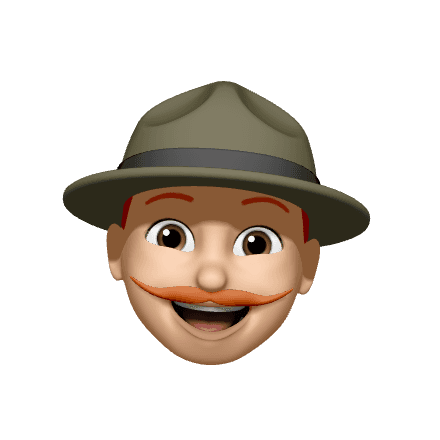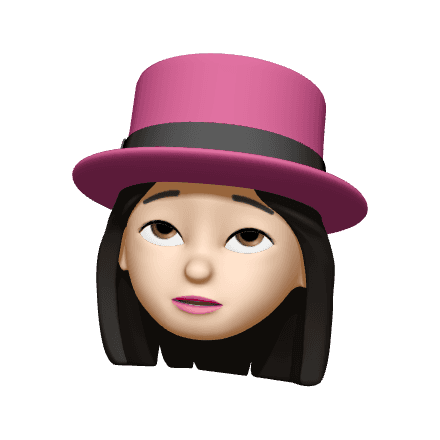Penghao Zhu
CONTEXT
Academic Project
TEAM
Penghao Zhu (Me)
Pujan Thaker
Yuanhao Wu
MY ROLE
UX/UI Design
User Research
User Testing
TOOLS
Figma
FigJam
Google Form
Photoshop
Background
What is Mosaic?
Mosaic is a mental health enhancement app designed to connect deeply with users' cultural and identity backgrounds. Our goal is to deliver a personalized and compassionate approach to mental well-being, offering an experience that truly resonates with each individual’s unique journey...
What is the Problem?
Mental health apps often provide users with an overwhelming amount of generic resources, making it difficult for them to navigate and find content that feels personally relevant. This issue can be especially pronounced for users from diverse cultural backgrounds, who may struggle to connect with insights or solutions that fail to address their unique cultural context, values, or experiences.
Our Solution
Mosaic, an mental health app that offers:
Timeline
This project went through six phases: Empathize, Define, Ideate, Prototype, Test, and Prototype 2
User Research
Survey Result
The survey received 31 responses from individuals aged 18 to 34, with 55% of respondents identifying as Asian or Asian American.
According to our user survey results, over 70% of respondents incorporate cultural traditions into their self-care routines, highlighting the significant role of cultural heritage in shaping their mental health practices. Despite their high interest in improving mental health through culturally inclusive approaches, there is a low adoption of digital mental health tools, likely due to a lack of culturally resonant features or a preference for familiar, traditional practices. Additionally, there is a clear disconnect between traditional practices and modern therapeutic methods, making it difficult for users to find harmony between the two.
User Research Analysis
To further investigate users’ pain points and needs, we selected 6 potential target users from the survey respondents for user interviews. We also conducted affinity mapping to derive valuable insights.
Who we designed for?
Based on the survey and user interviews, we have currently identified our target users as younger individuals aged 18-30. Due to time constraints, we have decided to narrow down our scope and focus our research and design efforts on Chinese and Indian individuals living in the United States, considering their cultural backgrounds.
User Journey Map
After collecting data from the interviews, we created a user journey map to visualize the typical process that Sarah and Alex experience from beginning to end, including their emotional changes along the way.
What did we find?
Mental health resources related to users' cultural backgrounds are significantly underdeveloped.
In East Asian cultures, there is significant stigma around talking about mental health, often seen as a sign of weakness or dishonor.
Cultural beliefs strongly shape how people view mental health and whether they seek help.
There is a high need and interest in mental health resources that respect and align with cultural values.
Ideation
Competitive Analysis
We performed a SWOT Analysis and a Competitive Analysis on products/apps in the mental health space, such as:
Mind Mapping
We performed a SWOT Analysis and a Competitive Analysis on products/apps in the mental health space, such as:
Brainstorming
How might we design a user-friendly platform that provides culturally relevant mental health resources to young people?
Solution & Key Features
The team held a brainstorming session to determine the scope of the final design. Based on our user research and competitive analysis, we discussed numerous possible solutions and narrowed them down to three key features and two additional features.
Our first solution is a wellness test, designed to better understand users and provide more personalized services. This helps create a deeper connection with users and ensures the support meets their needs.
Therapy Finder - Key Feature
The second solution is a therapy finder, which provides users with access to professional help. This tool ensures that users can easily connect with the right therapists who have the cultural background they need.
Community Forum - Key Feature
The third solution is a Community Forum, designed to help people connect and communicate. This platform fosters mutual understanding and support, creating a space where users can build relationships and share experiences.
Mood Recording - Additional
The fourth solution is a mood recording feature, which allows users to track their emotions. This enables us to provide more personalized services and provide more information to AI therapist.
Final Design
01 Solution
Wellness Quiz - Key Features
Create a wellness quiz will help users feel comfortable when onboarding and it will also help tailor their experience. We also provide a option to skip the wellness quiz when onboarding, user can choose to do the quiz later.
02 Solution
Therapy Finder - Key Feature
Users can find therapists who understand cultural nuances and respect users backgrounds.
03 Solution
Community Forum - Key Feature
Community Forum, designed to help people connect and communicate. This platform fosters mutual understanding and support, creating a space where users can build relationships and share experiences.
Additional Feature
Mood Recording, AI Therapist, Breath Game
We recommend that in the future, a 3D map would be more efficient for user to search and use.
Impact
We received lots of positive feedback from users.
We set up a usability testing with six previous participants to collect their feedback to our redesign. 5/6 participants rated the overall experience as “Good” or “Very Good.”1 participants rated the experience as “Average,” and had given useful recommendation.

"I liked the mental health questionnaire—it felt thoughtful and relevant to my needs."

“ I love you offered both the therapist finder and ai chat. “

"Recording my mood was quick and easy. I liked the visual design of the mood tracker."

"I loved how detailed the therapist profiles were—it made it easier to decide."
Takeaways
If we have more time…
It's all about the scope
In this project, our scope was not defined with precision. We focused on solving multiple user problems, which, while valuable, led to overlooking the time constraints we faced. From this experience, I’ve learned that when time is limited, it’s better to focus on researching and designing 1-2 core features. This approach allows for deeper exploration and a more polished, comprehensive design outcome.
More Research
We could conduct additional research to provide even more tailored and personalized services for users, ensuring their needs are met effectively.
More Mood Record Features
We could consider incorporating more functionalities into the mood recording feature, allowing users to gain deeper insights into their emotional well-being.
Add Review System
We could implement a review system in the therapy section to help users make better-informed decisions when choosing therapists.




































